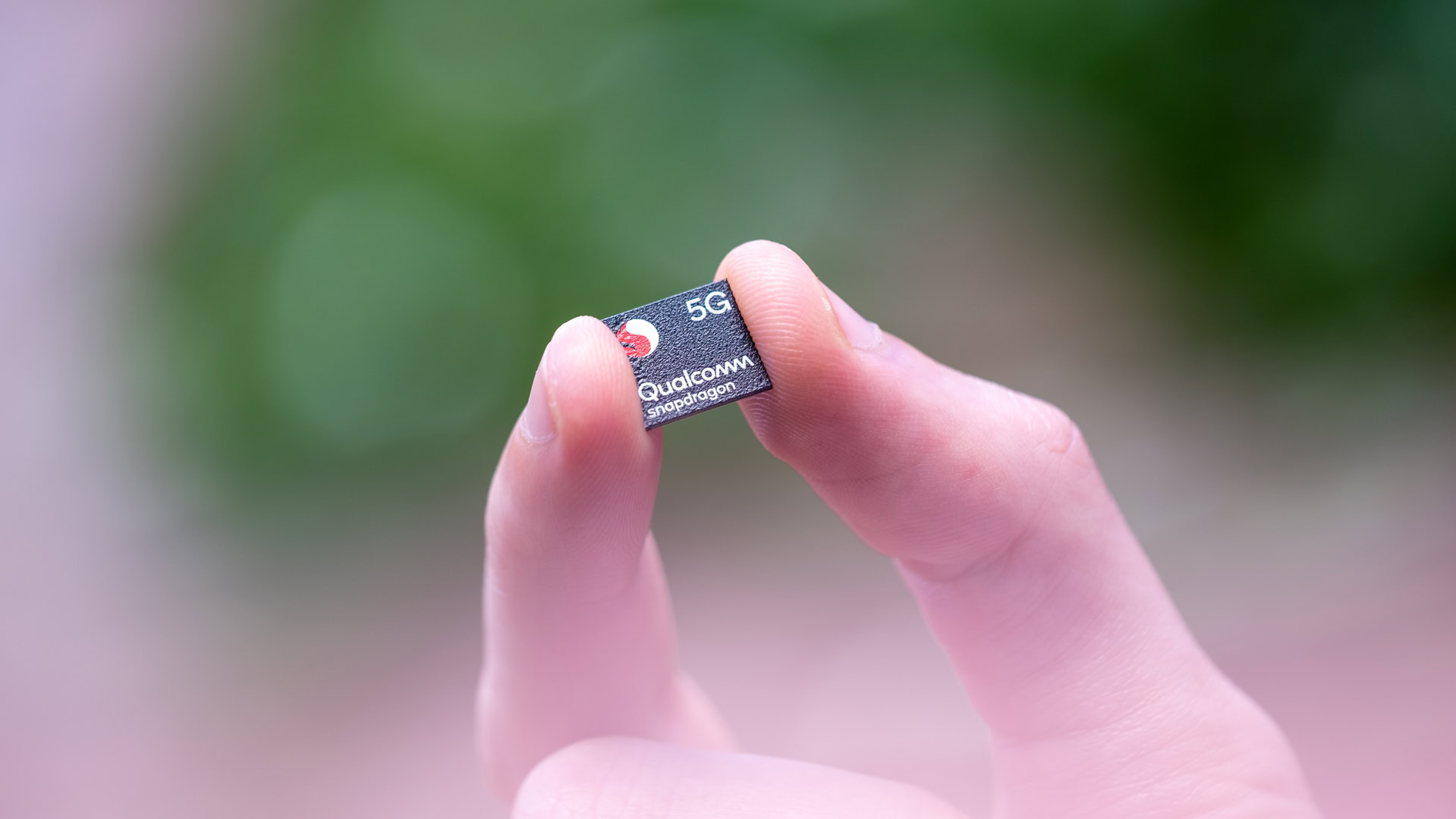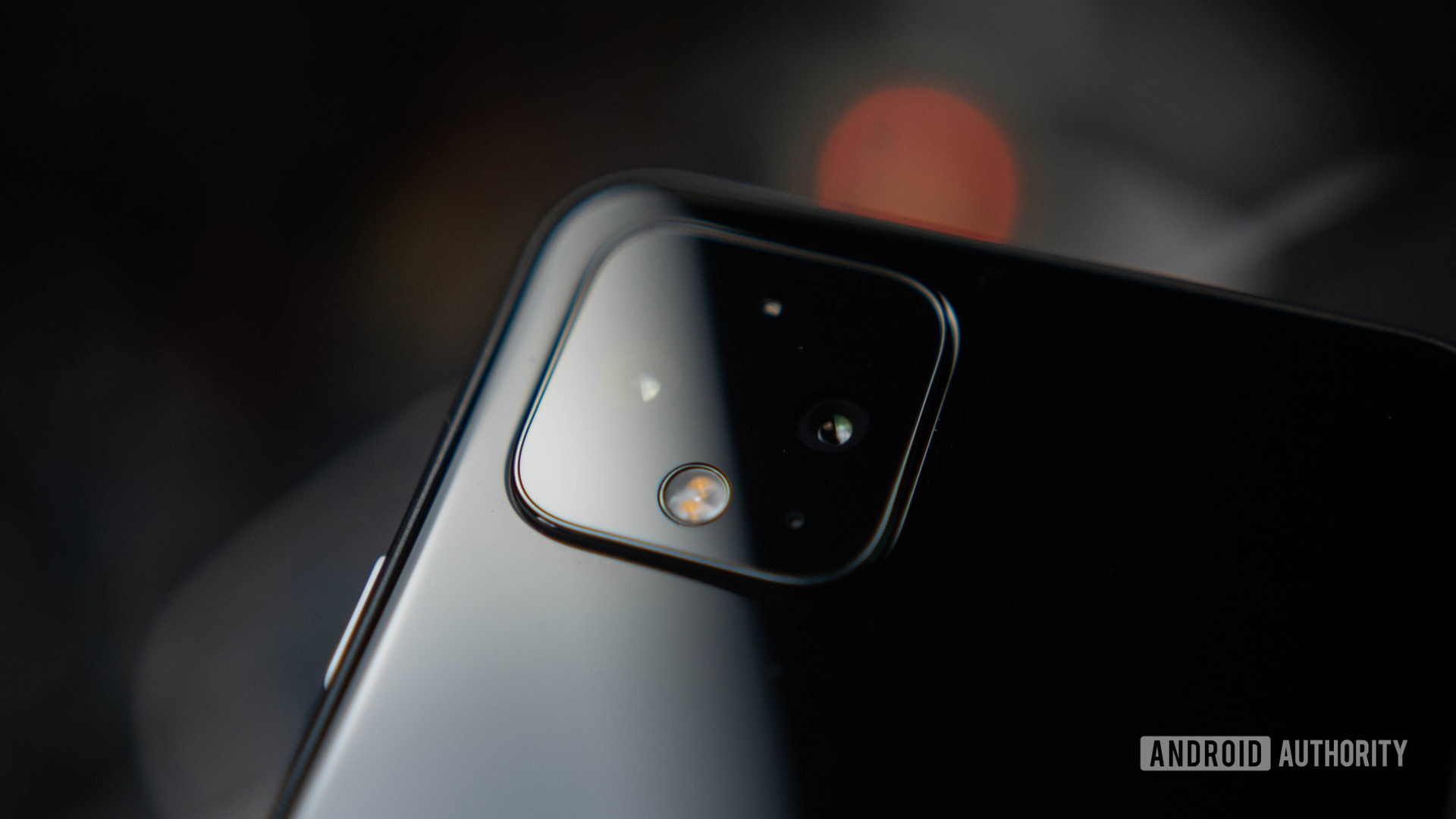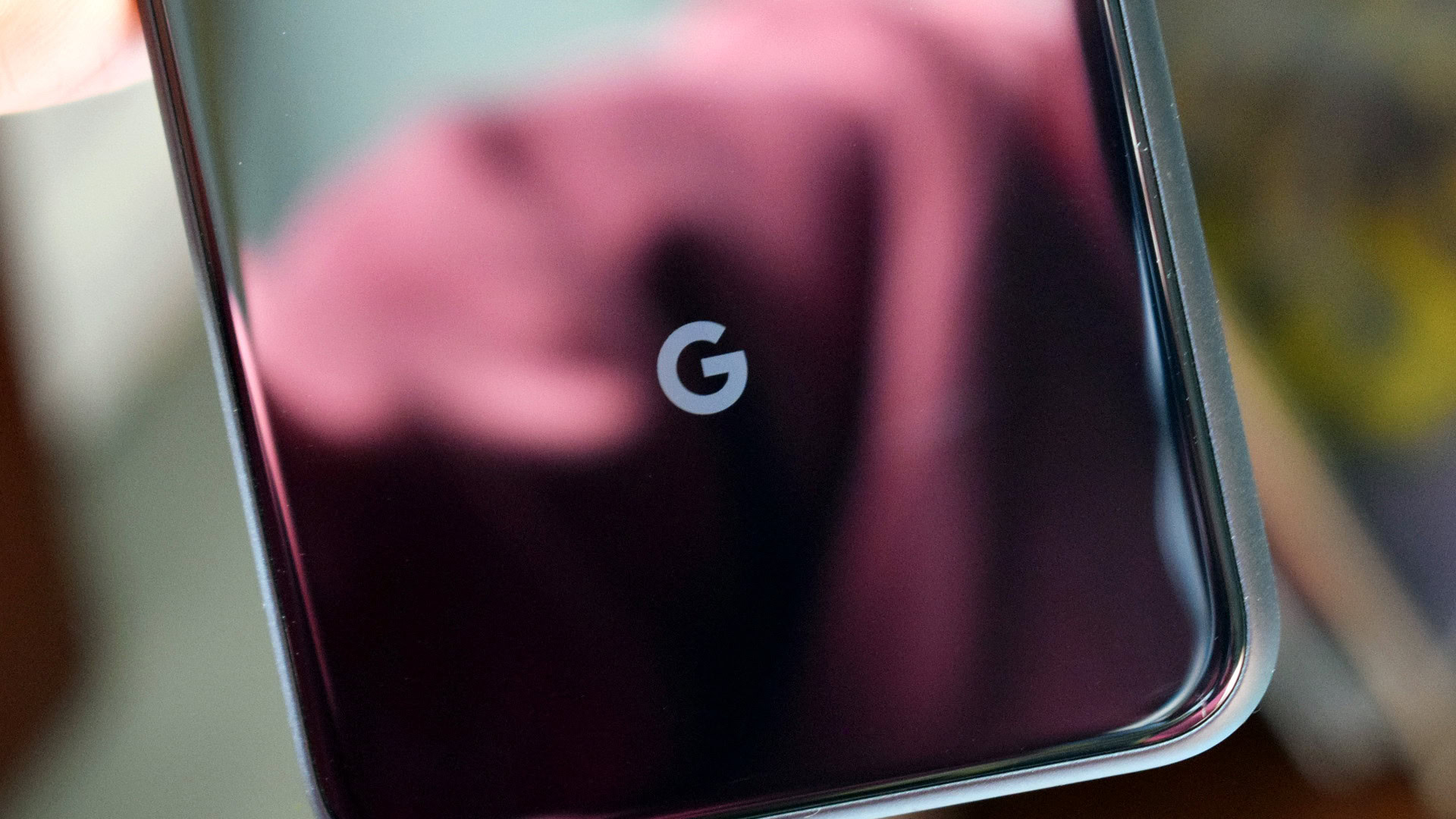Affiliate links on Android Authority may earn us a commission. Learn more.
Snapdragon 765G vs Snapdragon 865: How does the mid-range stack up?

The Snapdragon 865 was Qualcomm’s premium smartphone application processor for 2020, but not every manufacturer took up Qualcomm’s latest and greatest option. Instead, the “super mid-tier” Snapdragon 765 and 765G feature in a number of prominent handsets, including the OnePlus Nord, LG Velvet, Google Pixel 5, and the Pixel 4a 5G.
Although they’re targeting a more affordable price point, many of these phones are the flagship products for their respective manufacturers. This begs the question: can they offer a high-end smartphone experience without a flagship-tier processor?
Read more: Snapdragon SoC guide: All of Qualcomm’s smartphone processors explained
Virtually all modern smartphone chips handle day-to-day tasks and apps just fine, so we’re not concerned about the general experience offered by the Snapdragon 765G. Instead, flagship processors support cutting-edge features like 8K video recording, improved machine learning and image processing capabilities, and the fastest frame rates for gamers. You still have to pay top dollar for all these bells and whistles. The Snapdragon 765G has its upsides though, including a lower price point and an integrated 5G modem for improved power efficiency. Those are key factors to consider in the move to more power-hungry and complex 5G handsets.
There’s a delicate balancing act at play to provide the best all-around 5G smartphone experience. Let’s dive into the specs for a closer look at Snapdragon 765G vs Snapdragon 865.
Editor’s note: For benchmarking, we used the Galaxy S20 Ultra (Snapdragon 865) and the ZTE Axon 11 (Snapdragon 765G), one of the first phones to hit the market with the mid-range 5G chip. We’ve also tested the OnePlus Nord and achieved similar, and in some cases better, results. For more on the OnePlus Nord’s performance check out our dedicated article at the link. We’ve also tested the Pixel 5 but found Google’s phone to be a bit slower than other 765G smartphones.
Snapdragon 765G vs Snapdragon 865 specs
| Snapdragon 865 | Snapdragon 765 / 765G | |
|---|---|---|
CPU Config | Snapdragon 865 1x Prime @ 2.84GHz (Cortex A77) 3x Performance @ 2.4GHz (Cortex A77) 4x Efficiency @ 1.8GHz (Cortex-A55) | Snapdragon 765 / 765G 1x Prime @ 2.3GHz (Cortex-A76) 1x Performance @ 2.2GHz (Cortex-A76) 6x Efficiency @ 1.8GHz (Cortex-A55) |
GPU | Snapdragon 865 Adreno 650 | Snapdragon 765 / 765G Adreno 620 |
DSP | Snapdragon 865 Hexagon 698 with Tensor Accelerator and HVX (15 TOPS performance) | Snapdragon 765 / 765G Hexagon 696 with Tensor Accelerator (5.5 TOPS performance) |
Memory | Snapdragon 865 2750MHz LPDRR4X / LPDDR5 | Snapdragon 765 / 765G 2133MHz LPDDR4X |
Process | Snapdragon 865 7nm FinFET | Snapdragon 765 / 765G 7nm FinFET |
Max Display | Snapdragon 865 4K @ 60 Hz, QHD+ @ 144 Hz HDR10+, HDR10 | Snapdragon 765 / 765G QHD+ @ 60 Hz, FHD+ @ 120Hz (765G only) HDR10+, HDR10 |
Camera support | Snapdragon 865 Spectra 480, dual 14-bit CV-ISP 64MP single / 24MP dual with Zero Shutter Lag 200MP snapshot | Snapdragon 765 / 765G Spectra 355, dual 14-bit CV-ISP 36MP single / 22MP dual with Zero Shutter Lag 192MP snapshot |
Video capture | Snapdragon 865 up to 8K @ 30fps, 4K UHD @ 120fps, 720p @ 960fps | Snapdragon 765 / 765G up to 4K UHD @ 60fps, 720p @ 480fps |
Charging | Snapdragon 865 Quick Charge 4+ Quick Charge AI | Snapdragon 765 / 765G Quick Charge 4+ Quick Charge AI |
Wireless | Snapdragon 865 Bluetooth 5.1 Wi-Fi 6 aptX Adaptive audio and aptX Voice | Snapdragon 765 / 765G Bluetooth 5.0 Wi-Fi 6 aptX Adaptive audio |
Modem | Snapdragon 865 Snapdragon X55 5G (external) 7500 Mbps down 3000 Mbps up Dynamic Spectrum Sharing, sub-6GHz, mmWave | Snapdragon 765 / 765G Snapdragon X52 5G (integrated) 3700 Mbps down 1600 Mbps up Dynamic Spectrum Sharing, sub-6GHz, mmWave |
Clearly, these two chips aren’t evenly matched across a number of performance areas. The Snapdragon 865’s newer Cortex-A77 CPU cores deliver clock speeds and higher peak performance. That said, the Snapdragon 765G and its Cortex-A76 based CPU cores are comparable to last year’s flagship Snapdragon 855. Although the 765G only has two large cores for demanding applications, so won’t be quite as fast a multi-threading. The 865 is definitely faster, but the 765G is no slouch.
It’s a similar situation with AI and DSP performance. The Snapdragon 765G is a long way behind the 865’s 15 TOPS of performance but is quite comparable to last year’s 855. It boasts 5 TOPS versus last year’s 7.5 TOPS. There’s no sign of an updated Pixel Neural Core for more competitive machine learning capabilities in the Pixel 5, so the 765G must be powerful enough for Google’s AI. The Snapdragon 865 also has the lead with faster and newer LPDDR5 RAM, but again LPDRR4X is more than serviceable.
The biggest performance discrepancy is in the graphics department. The Adreno 650 is blazingly fast, while Adreno 620 in the 765G sits below the two-year-older Snapdragon 845’s Adreno 630. That said, the G model of the 765 is a binned chip for higher clock speeds and features a number of additional gaming features that could help.
Snapdragon 765G vs Snapdragon 865: How does performance compare?
Enough theoretical, the best way to get a feel for how chips compare is with some benchmarks. That said, remember that benchmark scores don’t necessarily reflect noticeable performance differences in day-to-day scenarios.
These synthetic benchmarks place the Snapdragon 765G right where we’d expect. It’s certainly not as fast as current-gen flagship chips but puts in a good performance against the Snapdragon 845 that powered 2018’s flagships. The updated Cortex-A76 CPU gives the 765G an edge in single-core results, but with just two of them means it’s a little behind in multi-core. A system-wide benchmark, via AnTuTu, again hints that performance will fall somewhere between the Snapdragon 855 and 845. That’s pretty good. The GPU results fall in line with the branding numbers, putting the 765G’s Adreno 620 below the 845’s Adreno 630 but notable ahead of the 730G’s Adreno 618.
The Snapdragon 865 is a much faster processor, but we knew that already.
We also ran the Snapdragon 765G through our Speed Test G suite, to simulate some real app swapping use cases. The results for Qualcomm’s mid-range chips look quite impressive.
Here the Snapdragon 765G is neck and neck with the older flagship-tier Snapdragon 845, and actually slightly bests it in both CPU and mixed-workload tasks. The Cortex-A76 CPU provides impressive results in the mid-tier yet again. However, the GPU score is still a fraction slower than the 845, as we expected from the other benchmark results. Devices like the Google Pixel 5 and OnePlus Nord won’t ever be great for high-end gamers, but it has the chops to handle modern titles at decent frame rates. The chipset’s overall score isn’t miles behind the current-gen Samsung Exynos 990 and last-gen Snapdragon 855 either, suggesting that the Snapdragon 765G punches above its weight in real work scenarios.
Overall, the Snapdragon 765G falls somewhere close to the Snapdragon 845 in terms of performance and even closer to the 855 in terms of features.
Having tested the Nord and Axon 11 5G myself, day-to-day performance does indeed feel as snappy as any flagship-tier phone I’ve used this year. Gaming is perfectly serviceable, just don’t expect the highest frame-rates and graphical settings cranked up to 11. The Pixel 5 and 4a 5G are also perfectly serviceable for your day-to-day apps, although don’t score quite as highly in benchmarks. Bottom line is, there’s a performance trade-off with the 765G but it’s not as huge or important as you might think.
There’s more to a chip than benchmarks

We were never expecting the Snapdragon 765G to match the 865’s peak performance, but there’s more to a chipset than raw power. It’s often the other features that a chip enables that result in more compelling user experiences.
For instance, both Snapdragon 765G and Snapdragon 865 are designed for 5G smartphones. While the X55 modem paired with the Snapdragon 865 offers the fastest speeds, both are comparable in terms of features. Both work with sub-6GHz and mmWave frequencies, and feature Dynamic Spectrum Sharing to use 4G LTE and 5G services at once. In fact, the integrated X52 modem in the Snapdragon 765G should be more power-efficient than the external X55, meaning longer 5G battery life with a small speed trade-off.
Unlike the standard 765, the Snapdragon 765G supports 120Hz displays at an FHD+ resolution. This allows the Pixel 5 to keep the high 90Hz refresh rate of its predecessor and might even be able to leave it on constantly if the power draw is low enough. The Snapdragon 865 supports up to 144Hz at a QHD+ resolution, but we haven’t seen any phones offer that option out of the box due to the high power consumption.
Related: What would a custom, Samsung-made Google Pixel 6 processor actually look like?
Cameras are a cornerstone of modern smartphones and both chipsets support some common high-end features. Both SoCs are built using Qualcomm’s dual Computer Vision ISP (CV-ISP) technology, supporting object detection, multi-frame HDR and denoise, and real-time bokeh blur directly on the ISP with high power efficiency. Google’s Pixel 5 could certainly run its advanced image processing algorithms on this CV-ISP. The Snapdragon 865 supports these features with higher resolution sensors, up to 64MP versus 36MP, and allows for up to 8K video recording or 960fps 720p low motion. But megapixels aren’t everything. The 765G retains the bulk of the most important capabilities and can even take 192MP snapshots and shoot 4K video at up to 60fps.
The 765G shares key features, including 5G, Wi-Fi 6, computer vision image processing, and 120Hz display support.
The two chips share a variety of other key high-end features. The Snapdragon 765G is built on the same 7nm process, ensuring best-in-class power efficiency. The two chipsets also sport Quick Charge 4+, blazing-fast Wi-Fi 6 connectivity, and aptX Adaptive audio capabilities. Although the 865 offers slightly newer Bluetooth 5.1 and aptX Voice as extras.
As expected, the Snapdragon 865 packs in Qualcomm’s latest and greatest features that you won’t find on 700 series chips. However, the Snapdragon 765G pinches a number of the key ones, including 5G capabilities, Wi-Fi 6, computer vision image processing, support for 120Hz displays, and Quick Charge 4+ compatibility. When it comes to covering the core high-end smartphone features, the 765G has us covered.
Snapdragon 765G is a solid choice for the Pixel 5 and OnePlus Nord

Those looking for the very best smartphone performance and features will certainly prefer Snapdragon 865-powered flagships over handsets powered by the Snapdragon 765G. However, the latter is a perfectly decent strategic choice for more affordable 5G handsets. The integrated 5G modem saves on costs and also power consumption. Performance is a couple of generations behind today’s best, but phones built on the 765G benefit from modern features, including Bluetooth 5.0, high-end image processing, and 120Hz displays.
The Snapdragon 765G is a sensible component to pick for devices, such as the Pixel 5 and OnePlus Nord, that are looking to undercut today’s expensive flagships. Great smartphones start with the SoC, but they certainly don’t end with it. Ultimately it depends on what manufacturers do with their software features, camera hardware, other design aspects.
The Snapdragon 765G certainly isn’t a replacement for the very best tech on the market. But it is a comprehensive, affordable chip that supports most of the latest high-end trends.